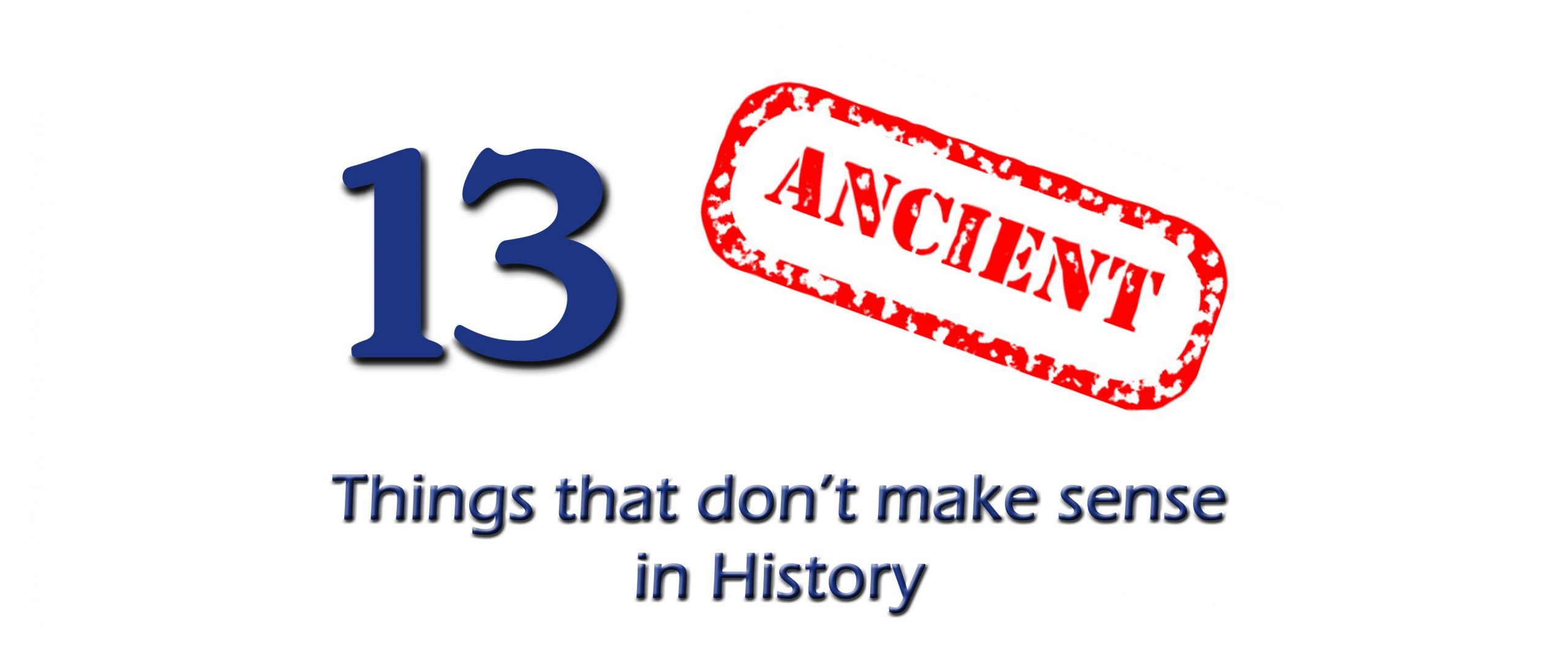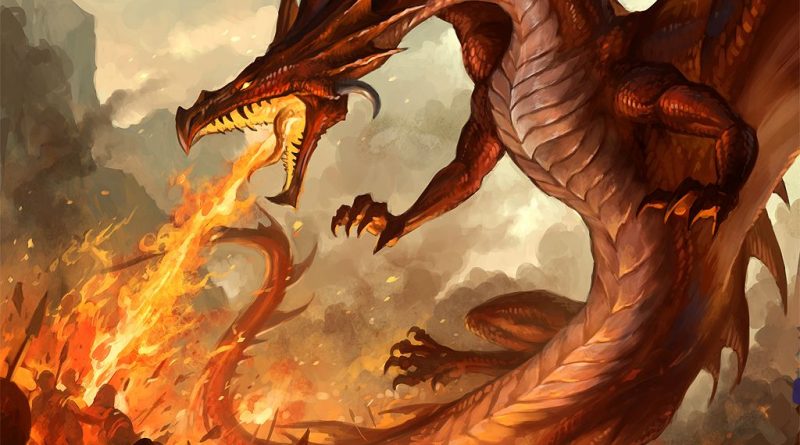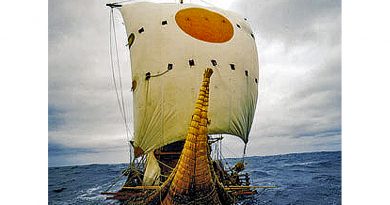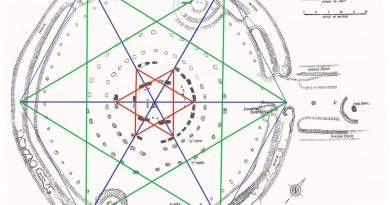Mythological Dragons – a non-existent animal that is shared by the world
“Look deep into nature, and then you will understand everything better” – Albert Einstein
A dragon is a legendary creature, typically with serpentine or reptilian traits, that features in the myths from many cultures. Our popular history books say dragons are two distinct cultural traditions: the European dragon, derived from folklore and ultimately related to Greek and Middle Eastern mythologies, and the Chinese Dragon, with counterparts in Japan, Korea and other East Asian countries. However, there are also Dragons in Central America and Africa, which are not as well known.
But how can these groups of people separated by tens of thousands of miles dream up a ‘non-existent’ creature with the same look and features?
Dragons appear in Wales, England, Greece, Slovakia, Indian, Persia, Asia Minor, Japan, China, Vietnam, and Australia and let us not forget (like the history books) Mexico, Central America, Ethiopia and Egypt.
This places dragons on every continent in the world!
The association of the serpent with a monstrous opponent overcame by a heroic deity has its roots in the mythology of the Ancient Near East, including Canaanite (Hebrew, Ugaritic), Hittite and Mesopotamian. Humbaba, the fire-breathing dragon-fanged beast first described in the Epic of Gilgamesh, is sometimes described as a dragon with Gilgamesh playing the part of a dragon-slayer. The legless serpent (Chaoskampf) motif entered Greek mythology and ultimately Christian mythology, although the serpent motif may already be part of prehistoric Indo-European mythology as well, based on comparative evidence of Indic and Germanic material.
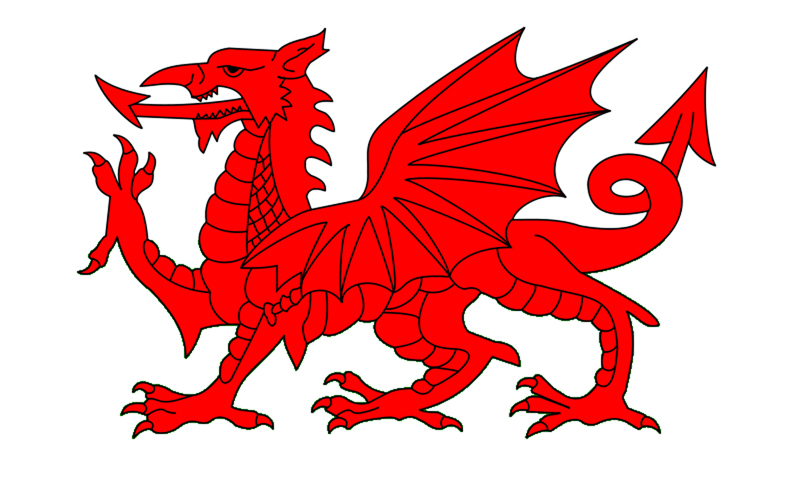
Although dragons occur in many legends around the world, different cultures have varying stories about monsters that have been grouped under the dragon label. Some dragons are said to breathe fire or be poisonous, such as Beowulf’s Old English poem. They are commonly portrayed as serpentine or reptilian, hatching from eggs and possessing typically scaly or feathered bodies. They are sometimes described as hoarding treasure. Some myths portray them with a row of dorsal spines. European dragons are more often winged, while Chinese and African dragons resemble giant snakes, while Central American Dragons have feathers. Dragons can have various legs: none, two, four, or more regarding early European and African literature.
Dragons are often held to have major spiritual significance in various religions and cultures around the world. In many Asian cultures, dragons were, and in some cultures still are, revered as representing the primal forces of nature, religion and the universe. They are commonly said to possess some form of magic or other supernatural power and are often associated with wells, rain, and rivers.
Narratives about dragons often involve them being killed by a hero, such as Chaoskampf in the mythology of the Ancient Near East, Archangel Michael and Saint George. The slaying of Vrtra by Indra in the Rigveda also belongs in this category. This theme survives into medieval legend and folklore, with dragon slayers such as Beowulf, Sigurd, Tristan, Margaret the Virgin, Heinrich von Winkelried, Dobrynya Nikitich, Skuba Dratewka/Krakus. In Biblical myth, the archetype is alluded to in the descendants of Adam crushing the serpent’s head, and in Christian mythology, this was interpreted as corresponding to Christ as the ‘New Adam’ crushing the Devil.
The blood of a slain dragon is depicted as either beneficent or poisonous in medieval legend and literary fiction. In German folklore, dragon blood has the power to render invincible skin or armour bathed in it, as is the case with Siegfried’s skin or Ortnit’s armour. In the Slavic myth, the Earth refuses it as it is so vile that Mother Earth wishes not to have it within her womb, and it remains above ground for all eternity. The blood of the Dragon in Beowulf has acidic qualities, allowing it to seep through iron. Heinrich von Winkelried dies after the blood of the dragon slain by him accidentally drips on him.
Do Dragons exist?
To answer this question, we need to ascertain what qualities or description constitutes a Dragon in each continent; this may give us an insight into whether these creatures are real or mythological, and if they are not real, what natural phenomena do they represent?
The European continent
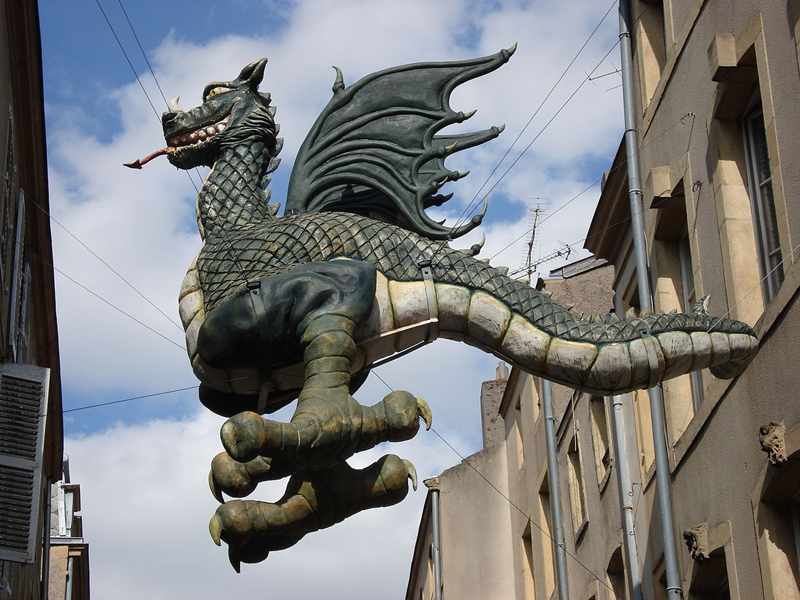
The word dragon entered the English language in the early 13th century from Old French dragon, which comes from Latin draconem (nominative draco) meaning ‘huge serpent or dragon’ and the Greek word meaning ‘serpent, giant sea fish’. The Greek and Latin term referred to any great serpent, not necessarily mythological, and this usage was also current in English up to the 18th century. In antiquity, dragons were mostly envisaged as serpents, but since the Middle Ages, they have changed in the description, and it has become common to depict them with legs, resembling now a lizard and not a sea serpent.
Dragons are usually shown in modern times with a body like a giant lizard or a snake with two pairs of lizard-type legs and emit fire from their mouths. The European Dragon has bat-like wings growing from its back. A dragon-like creature with wings but only a single pair of legs is known as a ‘wyvern’.
It looks like the Dragon of European variety is a sea serpent with wings, which changed to a lizard creature living in caves over time?
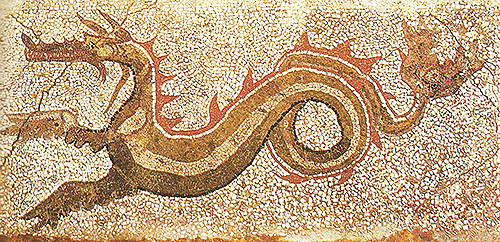
In Ancient Greece, the first mention of a ‘dragon’ is derived from the Iliad, where Agamemnon is described as having a blue dragon motif on his sword belt and an emblem of a three-headed dragon on his breastplate. In 217 AD, Flavius Philostratus discussed dragons in India in ‘The Life of Apollonius of Tyana’ (II,17 and III,6–8) where it mentions (III,7) that “In most respects, the tusks resemble the largest swine, but they are slighter in build and twisted, and have a point as unbraided as sharks’ teeth.”
European dragons exist in folklore and mythology among the overlapping cultures of Europe. Dragons are generally depicted as living in rivers or having an underground lair or cave. They are commonly described as having hard or armoured hide and are rarely described as flying, despite being depicted with wings. European dragons are usually malevolent under Christianity; pre-Christian dragons, such as Y Ddraig Goch, the Red Dragon of Wales, are also benevolent.
Slavic, Romanian, Polish and Belarusian mythology uses ‘snake’ to describe dragons. These words are masculine forms of the Slavic word for ‘snake’, which are typically feminine (like Russian Zmeya).
In Romania, a similar figure is derived from the Slavic Dragon and named Zmeu. Exclusively in Polish and Belarusian folklore and the other Slavic folklore, a dragon is also called smoke.
Russian dragons usually have heads in multiples of three. Some have heads that grow back if every head isn’t cut off. In Ukraine and Russia, a particular dragon-like creature, Zmey Gorynych, has three heads and spits fire. Other Russian dragons (Tugarin Zmeyevich) have Turkic names, probably symbolising the Mongols and other nomadic steppe peoples. Accordingly, St George (illustrating Christianity) killing the dragon (symbolising Satan) is represented on the coat of arms of Moscow. In addition, some prehistoric structures, notably the serpent’s wall near Kiev, have been associated with dragons.
In Jewish religious texts, the first mention of a dragon-like creature is in the Biblical works of Job (26:13), and Isaiah (27:1), where it is called Nachash Bare’ach, or a ‘Pole Serpent’. This is identified in the Midrash Rabba to Genesis 1:21 as Leviathan from the word Taninim “, and God created the great sea-monsters.” In Modern Hebrew, the term Taninim is now used for Crocodiles, but this is a 20th-century usage unconnected with the original biblical meaning.
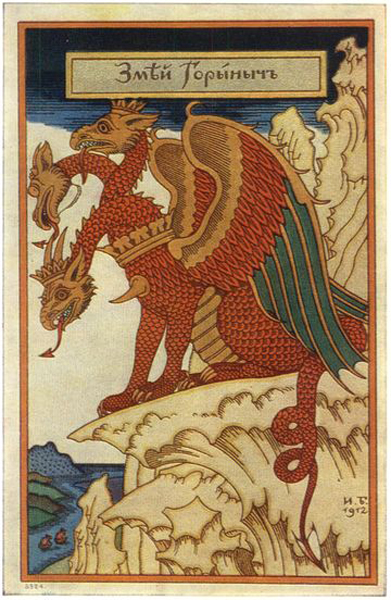
In Biblical texts, the Book of Isaiah, the Book of Job, and Psalm 89 refer to Rahab’s seademon. Isaiah 51:9 equates this Rahab with a dragon or monster. ‘Rahab’ is the English transliteration with several meanings: pride, a mythical sea monster, or Egypt (as an emblematic name).
In Jewish astronomy, this creature is also identified with the North Pole, the star Thuban, which, around 4,500 years ago, was the star in the Draco constellations’ tail.’ However, this can also have been either the celestial or ecliptic. The ancient observers noted that Draco was at the top of the celestial pole, giving stars ‘hanging’ from it.
For more information about British Prehistory and other articles/books, go to our BLOG WEBSITE for daily updates or our VIDEO CHANNEL for interactive media and documentaries. The TRILOGY of books that ‘changed history’ can be found with chapter extracts at DAWN OF THE LOST CIVILISATION, THE STONEHENGE ENIGMA and THE POST-GLACIAL FLOODING HYPOTHESIS. Other associated books are also available such as 13 THINGS THAT DON’T MAKE SENSE IN HISTORY and other ‘short’ budget priced books can be found on our AUTHOR SITE. For active discussion on the findings of the TRILOGY and recent LiDAR investigations that is published on our WEBSITE you can join our FACEBOOK GROUP.
